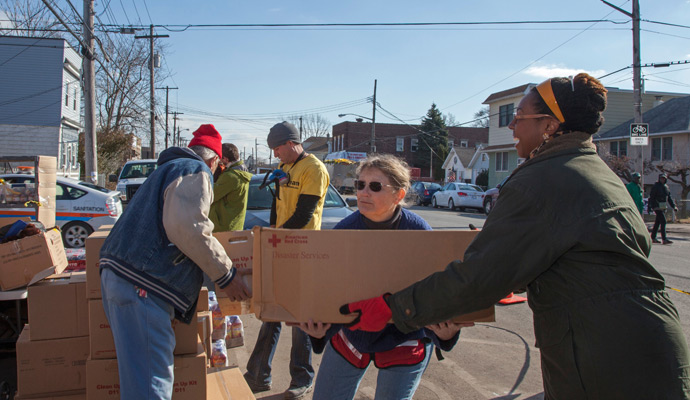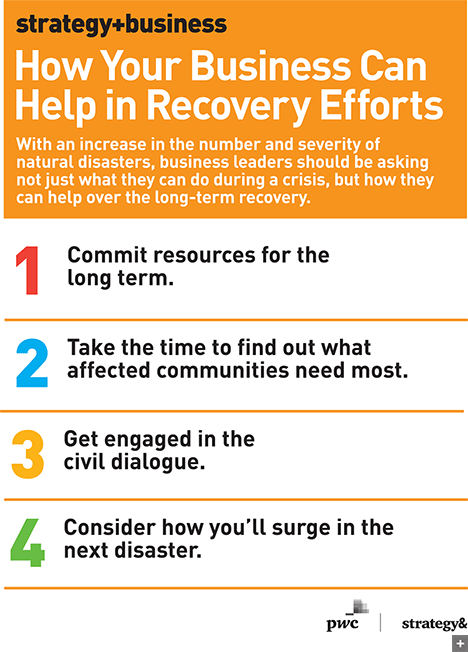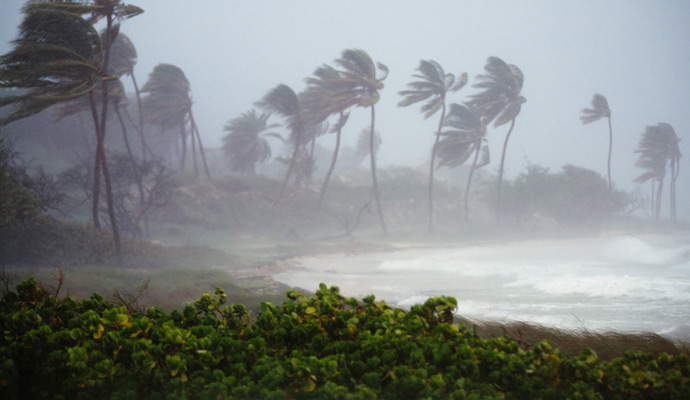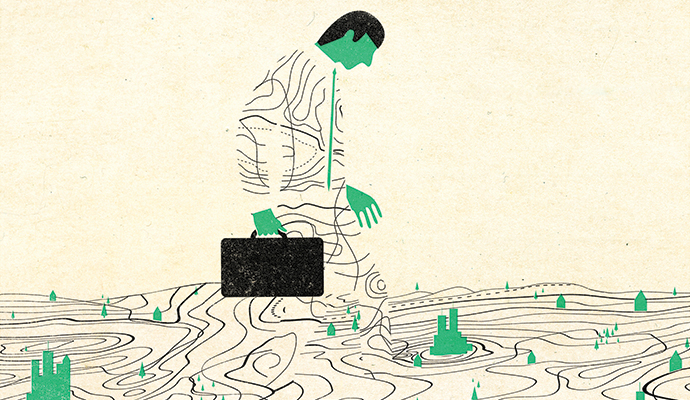Never let a disaster recovery go to waste
Rebuilding after a weather event is often harder than the initial response, and business has a big role to play.
The ongoing Atlantic hurricane season that has battered the Caribbean islands and the U.S. south. Wildfires in the western United States. South Asian monsoons. Powerful earthquakes in Mexico. It seems that no matter where you look, communities are dealing with natural disasters. And the frequency and intensity of these weather events are only increasing, with devastating and expensive consequences. Meanwhile, business leaders are asking what they can do to help.
The expression “You never want a serious crisis to go to waste” is well-worn. Now it is time to consider the challenges — and opportunities — present in the extended recovery process that follows a crisis.
Experience shows that the outpouring of support is often overwhelming in the immediate aftermath of high-profile adverse incidents, resulting in too many volunteers and too many well-intentioned offers mismatched with the needs on the ground. In the days after superstorm Sandy, I sat with nonprofit leaders struggling to make the best use of the outpouring of generosity. I am sure that I’ll see the same as my colleagues and I deploy to the affected areas of the most recent calamities.
The important thing to realize is that response always gives way to recovery — a process that is predictably long and less likely to keep the public’s attention. When it comes to natural disasters, response is dramatic, recovery is grueling. The media moves on to the next story. Donations slow. Unity of mission can dissolve into bickering over differing priorities and finite funds. It is hard, necessary, important work. And it is an area where businesses can contribute in significant ways.
Commit resources for the long term. As you consider raising money, providing supplies, or offering your employees for paid days of service, think as strategically about the investment as you would about anything you would do for your business. Don’t think in terms of days or weeks. Think years. Your consistent, predictable support is invaluable to the people and organizations working on the front lines of recovery. You might pick one of the major national players such as Habitat for Humanity or a local organization working at the community level. Get your employees involved in the selection process to engage them in the larger purpose your company will serve.
Take the time to find out what the affected communities need most. Doing so allows your contribution to have the greatest impact. It may be money — or school supplies, carpentry skills, or something else. After a tornado ripped apart Joplin, Mo., Jane Cage, a volunteer leader in that community, compiled and edited “Joplin Pays It Forward: Community Leaders Share Our Recovery Lessons,” and these stories provide sound advice and examples. “Business recovery depends largely on the presence of employees,” Cage said. “Businesses in Joplin worked at making sure employee personal needs were met first so that they were able to return to work without worry. With the help of our Community Foundation, businesses were able to establish employee assistance funds — an item that had never been on their checklist before.” (Full disclosure: Through the National Preparedness Leadership Initiative, I have been involved in training leaders at the American Red Cross, Salvation Army, FEMA, and many other organizations across the public, private, and nonprofit sectors. Jane Cage is an alumnus and many other NPLI alumni are involved in the current response and recovery. I am an unabashed cheerleader for the great work that they do.)
Get engaged in the civic dialogue. Once people get over the initial shock and address the immediate needs of those affected by a devastating event, they face questions of what to do next. Do you rebuild? And if so, how? Where should the investments go? If your facilities are in the affected areas, your executives can, and should, play an important role in these discussions. If you, your suppliers, or your major customers are in an area that could be affected by a future event — which is just about everywhere — become involved prospectively. Look beyond your facilities to think about the public infrastructure on which you, your employees, customers, and suppliers depend. Help move the focus from short-term cost to resilience over the long haul.
I work with companies whose risk registers can keep you awake at night. They realize that ignoring perils does not make them go away. Instead, being clear-eyed and honest about potential threats is the only prudent path. They share best practices across their industries—“There are no secrets in safety and security” is a common mantra. There is a need to extend that sharing to the communities in which they operate. Linking and leveraging knowledge across the full range of stakeholders benefits everyone.
You need not take a side on the causes to advocate serious consideration of the impact of the demonstrated rise in sea levels and other phenomena. Organizations such as Rebuild by Design have convened enormous reservoirs of expertise to consider these issues and crafted resources to share that knowledge. Make sure that your community draws on all of the accumulated wisdom available. You might even push for reasonable, well-crafted regulations to create a level playing field for all businesses.
When it comes to natural disasters, response is dramatic, recovery is grueling.
Consider how you’ll surge in the next disaster. In the aftermath of Harvey and Irma, we’ve seen businesses step forward to help. From “Mattress Mack,” the furniture retailer in Houston who opened his stores to neighbors in distress, to Anheuser-Busch’s shift from beer to water production, business people demonstrate creativity and compassion in response. The National Preparedness Leadership Initiative, where I serve, is embarking on a research project to discover how public and private sector executives can better predict and align surge capacity and needs at the state and local level. Our hypothesis is that the more accurately all participants can know what to expect from others and what’s expected of them, the more robust the response and recovery. Such coordination and collaboration is still in its infancy yet shows great potential to improve the capacity and capability for communities to handle major adverse events.
Major natural disasters are predictably unpredictable. We know they will hit, though we can never be sure exactly where or when. Human-caused incidents from terror attacks to industrial accidents make the threat matrix even more complex. Business leaders can be a powerful force for good when they become involved in preparedness, response, and, perhaps most enduringly, recovery. Don’t wait for the next disaster to strike. Get involved now.







